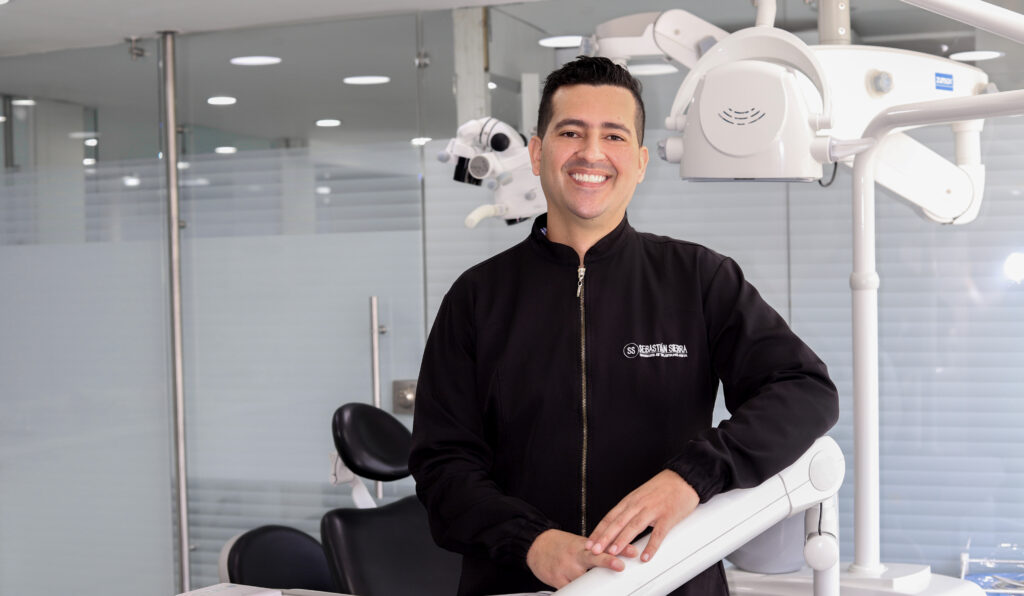Orthodontics is one of the dental treatments most in demand today. There are many concerns that arise when deciding to start a treatment of this nature and certain details that are necessary.
What is orthodontics?
Orthodontics is the branch of dentistry that deals with the problems of the teeth and jaw, the processes of correcting the position of the teeth to improve their aesthetics, occlusion and functionality. In principle, anyone in good oral health can undergo orthodontic treatment. Orthodontic dental care includes the use of appliances,
The benefits of correctly performed orthodontics are:
- Eliminate unsightly occlusions and alignments.
- Improve bite.
- Minimize unsightly spaces between teeth.
- Extend the aging and deterioration of teeth.
- Improve your self-esteem and confidence.
It is important to know and differentiate the types of orthodontics that exist:
- Fixed Orthodontics: This is a method that consists of the placement of fixed appliances on the teeth. Normally, it is known as Brackets, which are the devices that are attached to the tooth. This treatment usually begins around the age of 11, depending on the growth of the patient's permanent teeth. Generally, it begins once the baby teeth have fallen out, and when the permanent teeth have erupted.
- Invisible orthodontics with removable aligners: this treatment is done by means of a removable orthodontic appliance made up of two transparent splints that adapt perfectly to the patient's teeth. These aligners exert pressure to progressively move the teeth until correct alignment is achieved. It is recommended from 9 years old. There is the Teen version of invisible orthodontics, in which a mandibular advancement treatment has even been developed that has been specially designed for children between the ages of 9 and 11, it is also recommended for adults.
- Invisalign: It is an invisible orthodontic technique that allows to align the teeth and improve the smile of the patients through the use of transparent aligners, manufactured in a personalized way so that the teeth progressively adopt a correct position. At different stages of treatment, the movement of certain teeth is allowed, following a specific plan for each patient. The results are usually seen after three months of treatment or before. It is indicated for patients with dental crowding, as long as it is not severe, crooked teeth, separated teeth, crossbite, open or overbite.
- Vestibular brackets made of ultra-esthetic materials: This type of orthodontics is in which brackets and wires are used for direct vestibular cementation, which are largely transparent, since they are made of polycrystalline sapphire-type materials or advanced ceramics. Its objective is to correct occlusions and bites and offer aesthetic improvements. This type of orthodontics is recommended for adult patients who are not comfortable with traditional orthodontics.
- lingual orthodontics: Also known as invisible orthodontics, it is a technique that allows teeth alignment treatment to be carried out without the device being used being perceived from the outside, since the brackets are placed inside the tooth. It is one of the preferred techniques for adult patients, since it not only solves some types of malocclusions, but also satisfies their aesthetic needs.
An assessment appointment by a suitable professional is the beginning for you to make the best decision regarding the treatment to follow, taking into account your needs and expectations. The orthodontic study It is essential for your orthodontist to offer a complete diagnosis on which to plan the appropriate treatment plan.

